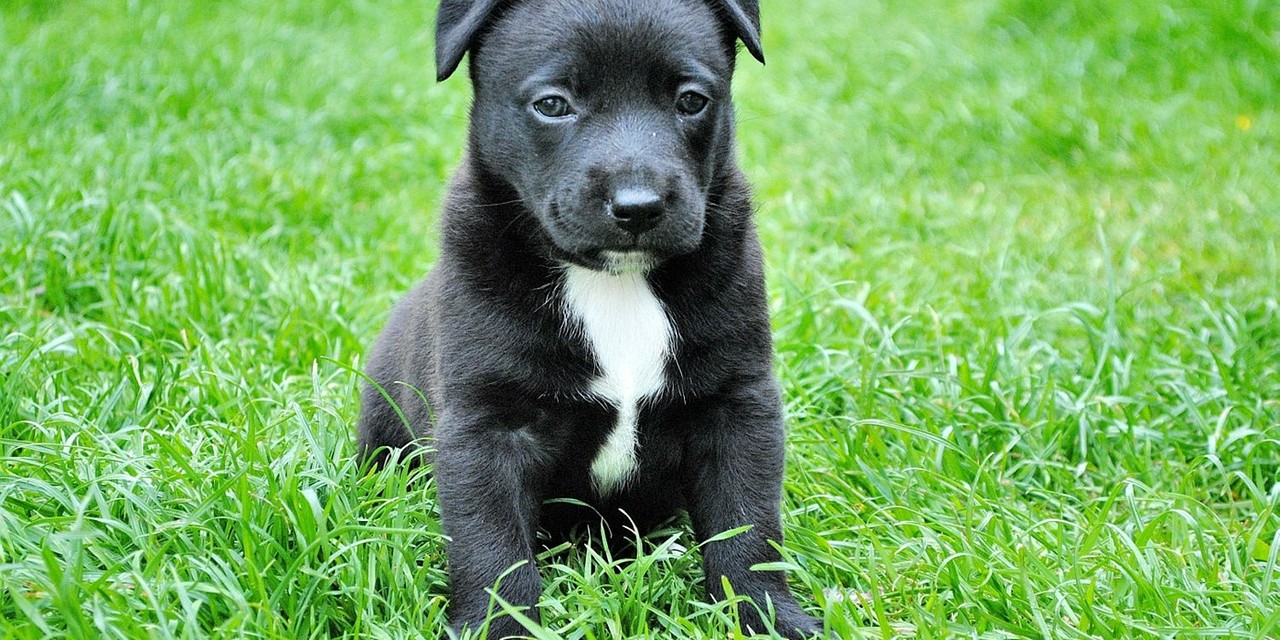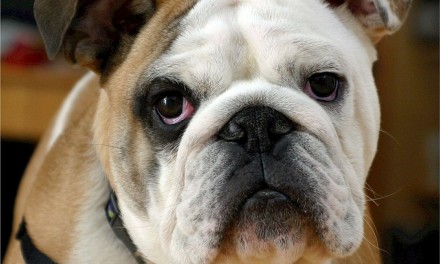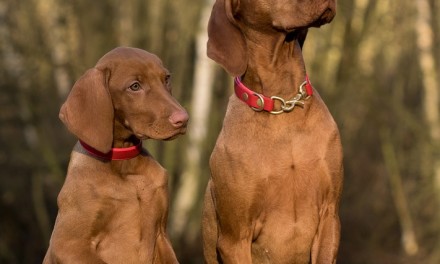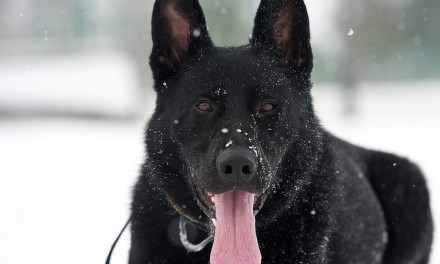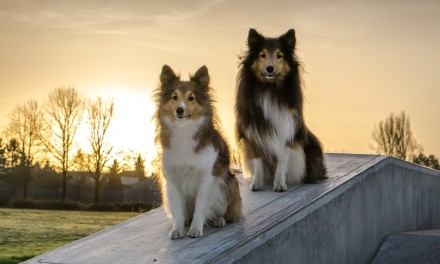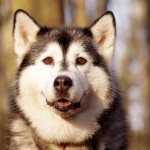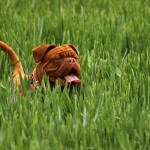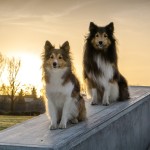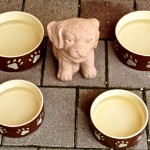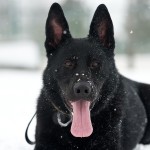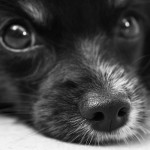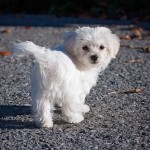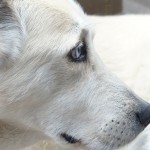By now you have learned how to charge your marker and use it as a tool to install a visual and verbal cue. Now I am going to talk about one of the more advanced forms of marker training and that’s free-shaping.
First we have to understand the concept of “capturing”. Let’s talk about the behavior “down”. All dogs lie down at some point so if you wanted to train down without a lure, you can simply capture it. To do this you grab your marker, a treat pouch, and you wait. Patience is required to capture low-frequency behavior, to say the least. As soon as your dog lies down you “mark”, treat and walk away. Then you wait around once again until the behavior is offered a second time: “mark”, treat and walk away. I’ll repeat myself, patience is a virtue when trying to capture behavior. Eventually, over an eon or so the behavior will be offered at a higher frequency. Once the frequency goes up, you can install a verbal and visual cue be preceding the behavior with the cues.
Capturing is best used as a tool for reinforcing behavior that you like. For instance, if you are sitting on the couch watching a movie and your dog decides to lie down at your feet, “mark” and reward. The next time you go to watch a movie the likelihood that your dog will lie at your feet is much greater. I call this positive manipulation for increasing the frequency of desired behaviors (note: it works on humans pretty well too provided you are more subtle).
Free-shaping can be thought of as a series captures that are approximations towards a final behavior. Ok what the heck does that mean? (bear with me, for a bit I will explain)
Every behavior has multiple smaller behaviors that eventually lead up to a terminal, overall behavior. Let’s use “go to mat” as our example.
What does the behavior look like? You might say a dog lies on a mat. OK, that’s a start. But here’s an illustration of how much more complex the behavior really is.
Version 1: Dog lies on mat.
Version 2: Dog walks over and lies down on mat.
Version 3: Dog looks for mat, walks over, steps on mat, then lies down.
Version 4: Dog looks for mat, turns their body, walks over, steps on mat, then lies down.
Version 5: Dog turns head, sees mat, turns body, moves each paw one at a time, steps on mat, then sits, then lies down.
You could keep breaking the behavior down until you reached neurotransmitters and muscle fiber contractions if you had the energy, however the point is that in every behavior there are numerous “approximations” that eventually build towards “dog lies down on mat”. So let’s use our marker and do a free-shape.
First toss the mat on floor. As soon as the dog looks at mat: mark, reward. Then toss a treat away from the mat and wait for the dog to come back. When they do, watch to see if they investigate the mat. If they do: mark, reward and toss a treat away from the mat. You are tossing the treat away from the mat so that the dog has an easier time offering a repetition of the previous behavior (for instance you can’t lie down if you are already lying down). When they begin nailing this first criteria you are then going to slowly increase your criteria to get a closer approximation of the final behavior. Let’s wait to see if the dog will step on the mat. They will probably give a couple glances at the mat and then back at you as if, “hang on, I looked at the mat, where’s my mark”, but that will soon extinguish and they will begin to “offer” more behaviors to get the deliciousness out of your treat pouch. Soon as they step on the mat: mark, reward. This is now the new criteria, so toss a treat away from the mat and let them come back and try to repeat the behavior. When they do: mark, treat. Over the course of a couple 10 minute training sessions (depending on the dog’s attention span) you will continue to increase your criteria from one paw, to two paws, to four paws, to sitting on the mat, to lying down on the mat, to walking over and lying on the mat when you are standing next to it, to walking over and lying on the mat when you are standing further and further away from it. This is how you “shape” a behavior. We call it free-shaping because you are not physically manipulating the dog, quite the opposite, the dog is offering every minute behavior and this has a profound effect on their problem solving abilities. Everyone knows the rush of the “light-bulb” moment and dogs are no different. This makes training fun in a whole new way.
Free-shaping is not a simple training technique in practice. Quick decision making, adaptation on the fly, and thinking outside the box to make the environment increase the probability of the behavior are all things that give a trainer their “chops”. However, just like anything else, nobody was born doing this and it takes practice. If you are struggling, tone down the difficulty by trying to free-shape an easier behavior, such as a nose-touch. For a nose-touch you hold your hand out like a “karate chop” gesture and build towards your dog touching your fingers with his nose. Then try to have them touch a wooden spoon the same way.
The options are endless so have fun, remember to keep success high, frustration low, and if all goes wrong just end with a play session and pick it up again later!
In training,
The Pawsitive Packleader

